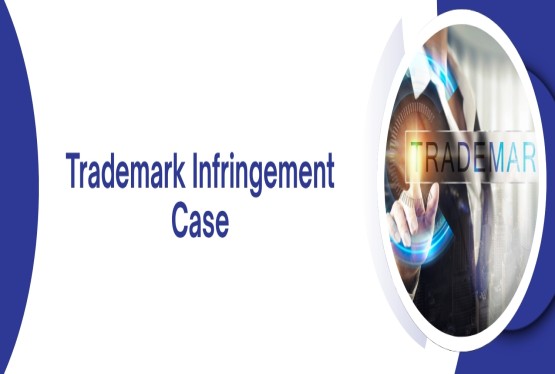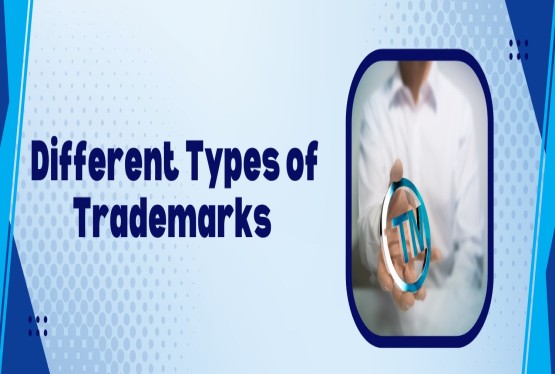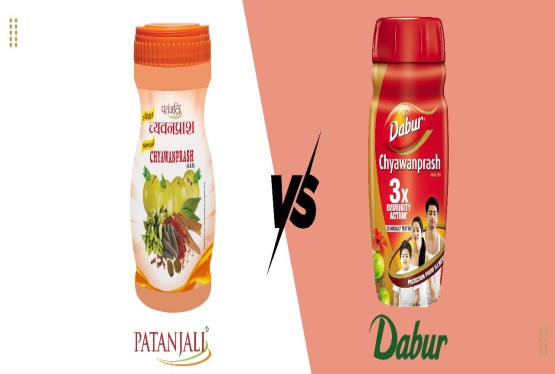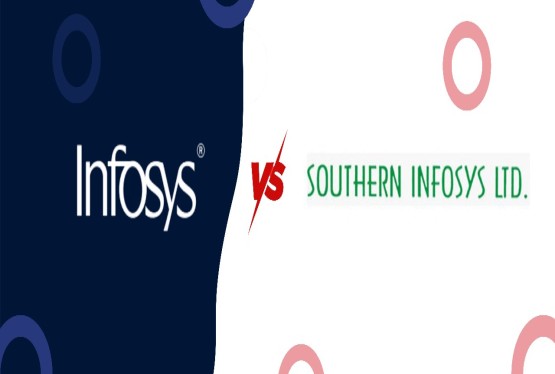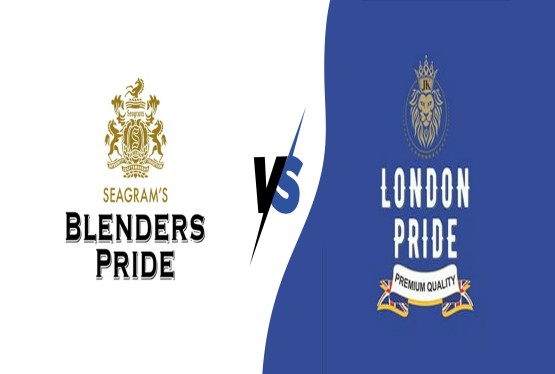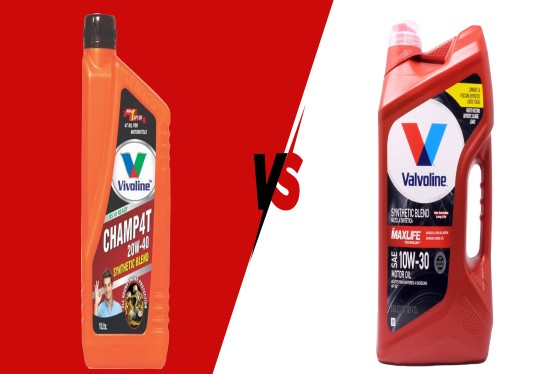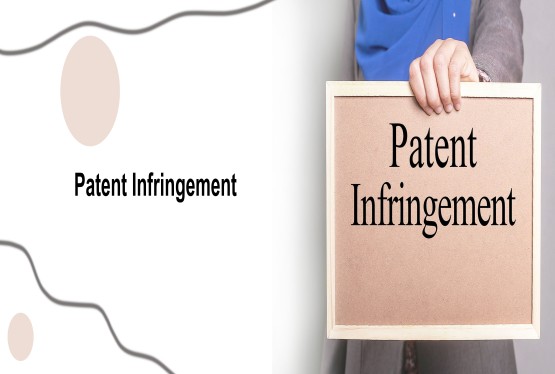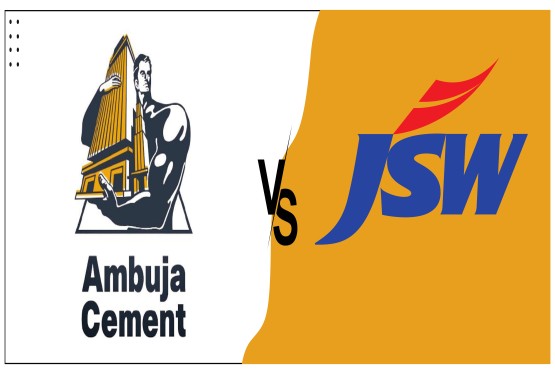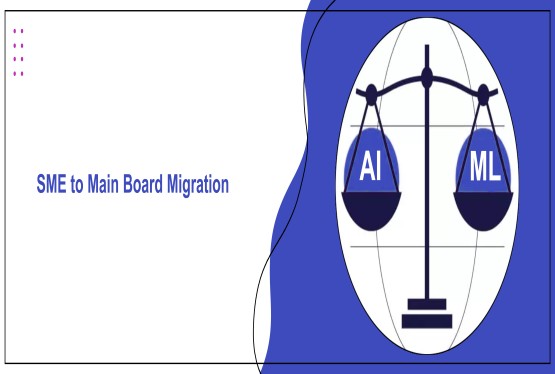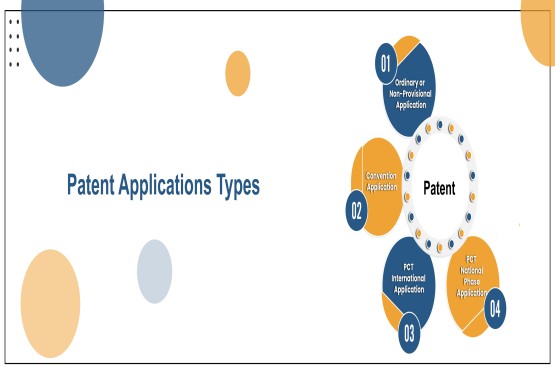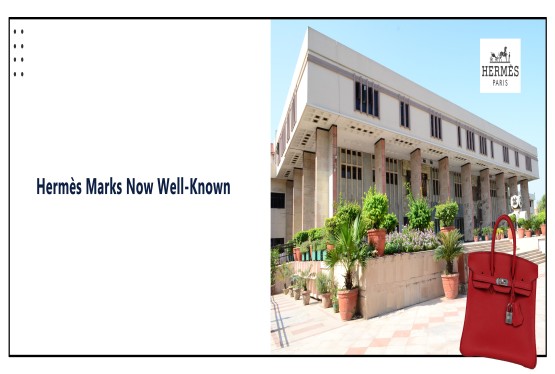Trademarks serve as a cornerstone for brand protection, enabling businesses to distinguish their goods and services from competitors. To streamline trademark registration, trademark withdrawal, and trademark infringement, and provide clarity on the categorization of goods and services, trademarks are classified into 45 different classes under the Nice Classification system. One such class is Trademark Class 23, which pertains specifically to "Yarns and Threads, for Textile Use."
Overview of Trademark Class 23
Trademark Class 23 covers products related to yarns and threads primarily used in the textile industry. It encompasses:
1. Yarns and threads of natural fibers, such as cotton, wool, and silk.
2. Synthetic and artificial threads, such as polyester and nylon.
3. Embroidery threads and knitting yarns.
However, this class does not include finished textile goods or fabrics (covered under Class 24) or articles of clothing and footwear (covered under Class 25).
Legal Framework in India
The Trademarks Act, 1999
The registration of trademarks in India is governed by the Trademarks Act, 1999. This Act aligns with the international Nice Classification system, making it easier for businesses to file applications for protection in multiple jurisdictions. Section 7 of the Act deals with the classification of goods and services, specifying that the Registrar shall apply the Nice Classification.
Relevant Provisions
1. Section 11: Prohibition of registration of trademarks that are deceptively similar to existing ones, emphasizing the importance of unique identification within Class 23.
2. Section 18: Lays out the procedure for filing a trademark application, including requirements for specifying the class of goods or services.
3. Rule 20 of the Trade Marks Rules, 2017: Further details the classification of goods and services in line with international standards.
Registrar’s Role
The Registrar of Trademarks ensures that the applications comply with statutory requirements, including the correct classification. Incorrect classification can lead to objections or delays.
Importance of Trademark Class 23 for Businesses
1. Brand Identity: Trademark protection within Class 23 helps manufacturers of yarns and threads establish a distinct identity in a competitive market.
2. Market Expansion: Registration facilitates market entry and expansion, enabling businesses to safeguard their brand in domestic and international markets.
3. Consumer Trust: A registered trademark signifies quality assurance and builds consumer confidence.
Challenges in Registering Trademarks Under Class 23
1. Similarity with Existing Marks: Section 11 of the Act prohibits the registration of trademarks that are deceptively similar to those already registered. For instance, if two brands of polyester threads have similar logos or names, the Registrar may refuse registration.
2. Descriptive Marks: Trademarks that describe the quality or purpose of the goods (e.g., "Soft Thread") may face objections under Section 9, which bars registration of marks devoid of distinctiveness.
3. Opposition Proceedings: Third parties can file oppositions against applications, leading to potential delays and legal disputes.
Notable Precedents in India
1. Raymond Limited v. Raymond Pharmaceuticals (2004)
While this case does not directly concern Class 23, it highlights the principle of deceptive similarity. The court emphasized that trademarks should not confuse consumers, even when operating in different industries. This principle is crucial for Class 23 registrations, especially when names or logos resemble those in other textile-related classes.
2. Mahindra & Mahindra Ltd. v. Mahindra Steel Industries (2010)
In this case, the court reiterated the importance of brand reputation and the likelihood of confusion. Businesses in Class 23 must ensure that their marks do not dilute the distinctiveness of established brands in overlapping sectors.
3. Indian Rayon and Industries Ltd. v. Gujarat State Fertilizers Co. (2007)
This case underscored the importance of distinctiveness in trademarks. For Class 23, where products often share common characteristics, achieving distinctiveness is critical to securing registration.
Key Considerations for Applicants
1. Conduct a Comprehensive Search: Before filing an application, conduct a detailed search to ensure the proposed trademark is unique within Class 23.
2. Emphasize Distinctiveness: Choose a name, logo, or design that is inherently distinctive and unlikely to be confused with existing marks.
3. Consult Experts: Engaging a trademark attorney or consultant can help navigate the complexities of registration and handle objections or oppositions effectively.
4. Monitor the Trademark Journal: Regularly review the Trademark Journal for potential oppositions or conflicting marks.
Global Perspective: Relevance of Class 23
India’s alignment with the Nice Classification system allows businesses to register trademarks in other member countries through the Madrid Protocol. This is particularly beneficial for exporters of yarns and threads, as a registered trademark in India can facilitate international brand recognition.
Conclusion
Trademark Class 23 plays a vital role in protecting the interests of businesses engaged in the production and sale of yarns and threads. By understanding the legal framework, anticipating challenges, and leveraging expert advice, businesses can effectively navigate the registration process. In an industry driven by innovation and quality, securing trademark protection is not just a legal formality but a strategic necessity for long-term success.
Whether you’re an emerging player or an established manufacturer, safeguarding your brand under Class 23 ensures that your products stand out in the competitive textile market, both in India and globally.
FAQs
1. What products fall under Trademark Class 23?
Ans. Trademark Class 23 encompasses a range of materials used in textile production. Specifically, it covers yarns and threads, including those made from natural fibers like cotton, wool, and silk, as well as synthetic and artificial options such as polyester and nylon. This class also includes embroidery threads and knitting yarns. However, it's crucial to note that finished textiles, fabrics, articles of clothing, and footwear are not included within Class 23 and fall under separate classifications.
2. Why is Trademark Class 23 important for businesses?
Ans. Trademark protection within Class 23 offers significant benefits for businesses operating in the textile industry. Firstly, it establishes a unique brand identity, differentiating a company's yarns and threads from competitors. This brand identity fosters consumer recognition and loyalty. Secondly, securing a trademark facilitates market expansion, both domestically and internationally. A registered trademark provides legal protection, allowing businesses to safeguard their brand reputation and prevent unauthorized use. Finally, a registered trademark enhances consumer trust. It signals quality assurance and reinforces the brand's credibility in the eyes of consumers.
3. What are the key challenges in registering a trademark under Class 23?
Ans. Registering a trademark under Class 23 can present several challenges. One of the primary hurdles is ensuring the chosen trademark is not deceptively similar to any existing trademarks, as this is prohibited by law. Additionally, trademarks that are merely descriptive of the product's quality or purpose may face objections and be deemed ineligible for registration. Another potential challenge arises from opposition proceedings, where third parties can file objections against a trademark application, leading to potential delays and legal disputes.
4. How can businesses increase their chances of successful trademark registration under Class 23?
Ans. To increase the likelihood of successful trademark registration under Class 23, businesses should take several proactive steps. Conducting a comprehensive search of existing trademarks within the class is crucial to ensure the chosen mark is unique and avoids potential conflicts. Emphasizing distinctiveness in the chosen trademark is also essential. Selecting a name, logo, or design that is inherently unique and unlikely to be confused with other marks significantly improves the chances of approval. Consulting with experienced trademark attorneys or consultants can provide valuable guidance throughout the registration process. Finally, regularly monitoring the Trademark Journal for potential oppositions or conflicting marks is essential to proactively address any potential issues.
5. How does the Nice Classification system benefit businesses in Class 23?
Ans. The Nice Classification system plays a vital role in facilitating international trademark protection for businesses operating within Class 23. By providing a standardized system for classifying goods and services across different countries, the Nice Classification simplifies the process of registering trademarks internationally through the Madrid Protocol. This international harmonization streamlines the process for businesses seeking to expand their brand presence beyond their domestic market, enabling them to protect their intellectual property rights in multiple jurisdictions with greater ease and efficiency.






























_(b)_of_the_Trademark_Act,_1999_(1)_crop10_thumb.jpg)



_crop10_thumb.jpg)




























_crop10_thumb.jpg)
_crop10_thumb.jpg)






_crop10_thumb.jpg)








_crop10_thumb.jpg)



_crop10_thumb.jpg)





























_crop10_thumb.jpg)

















_crop10_thumb.jpg)






_crop10_thumb.jpg)











































































































































_crop10_thumb.jpg)




































_crop10_thumb.jpg)












_crop10_thumb.jpg)













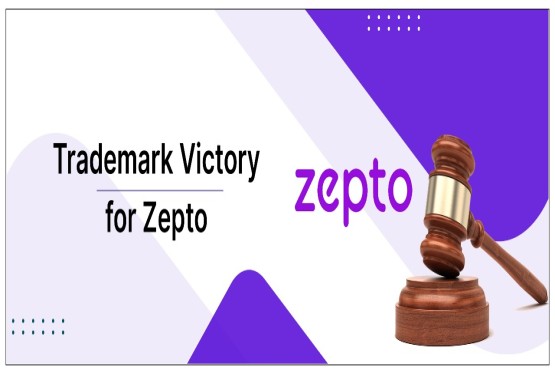

































_crop10_thumb.jpg)






